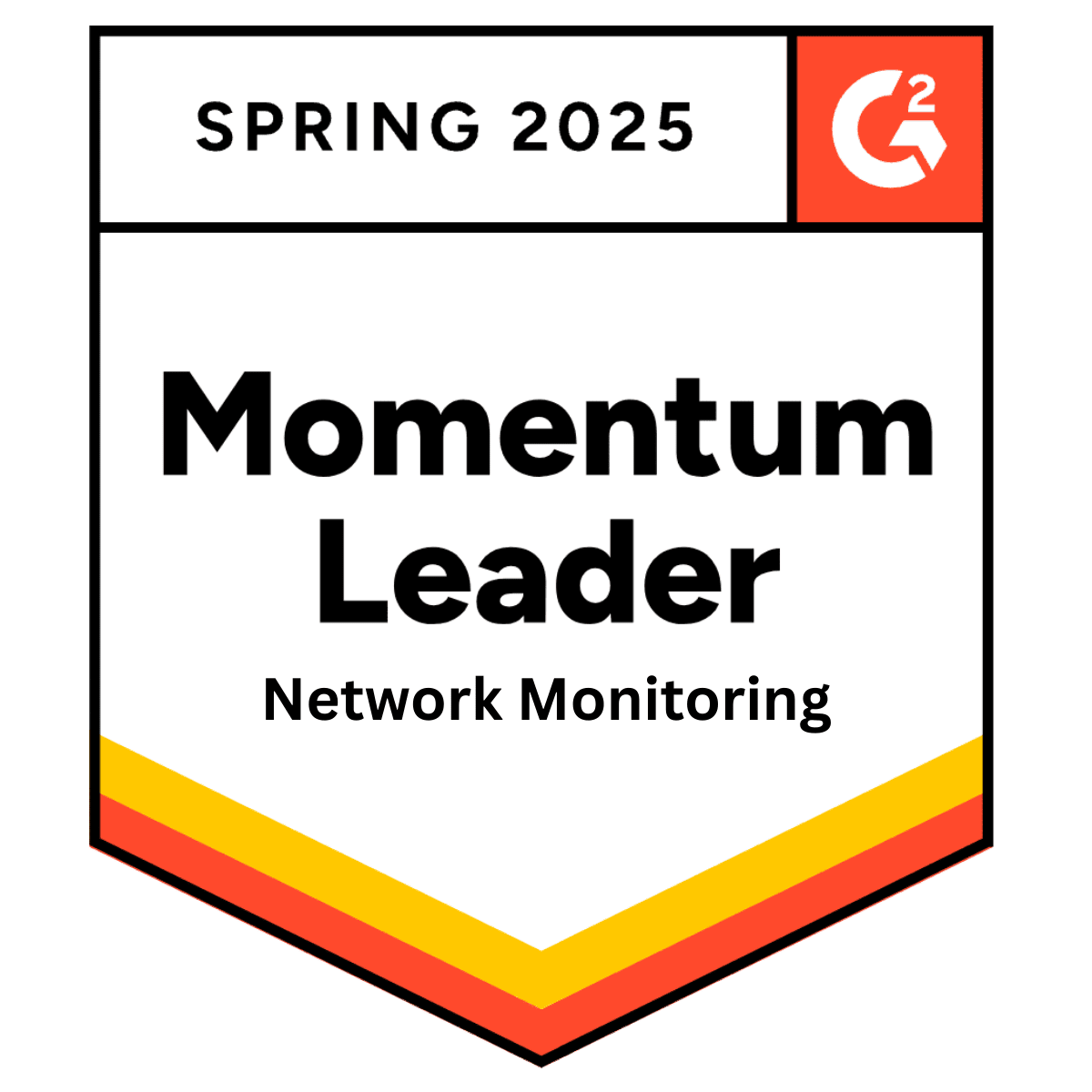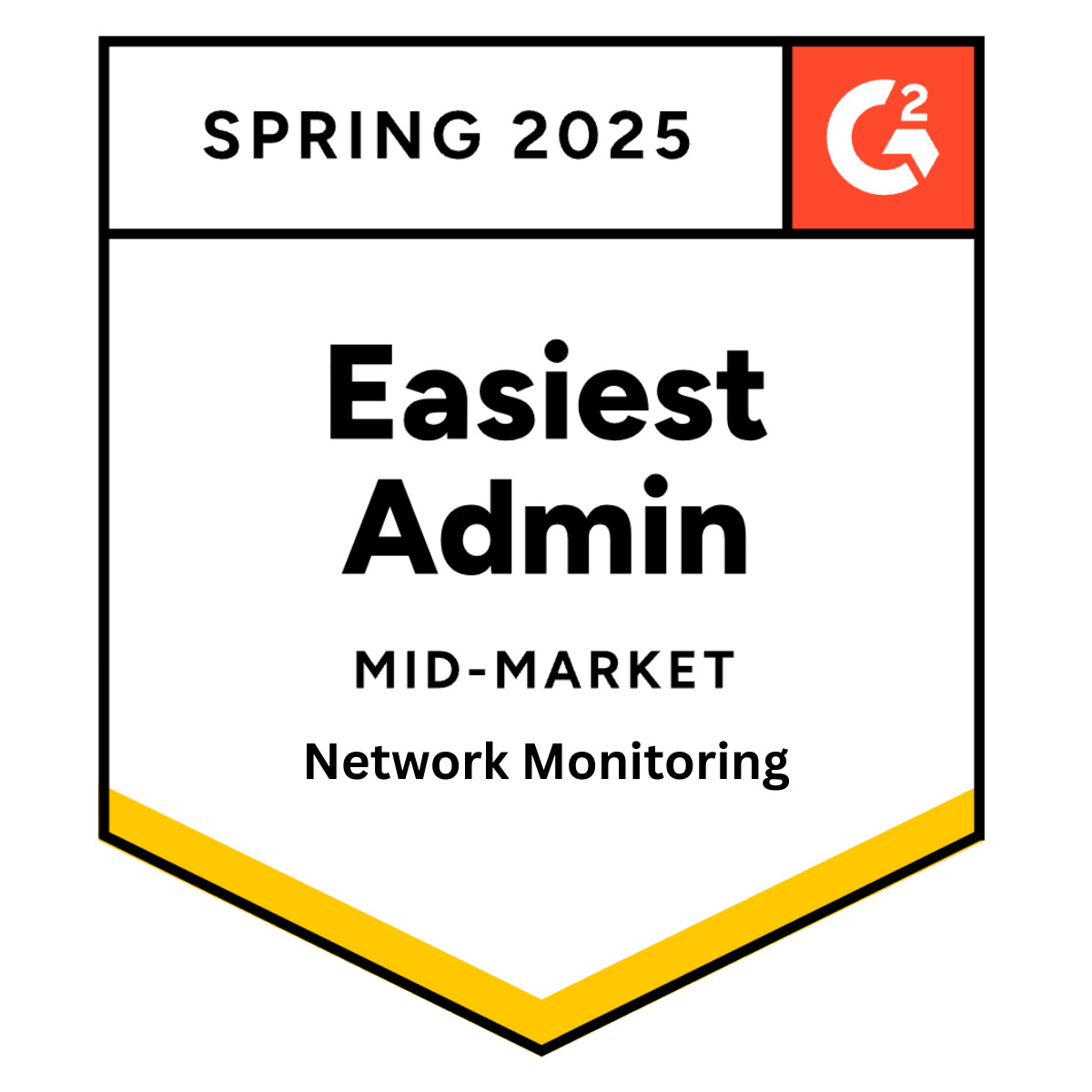
6 RMM Best Practices for 2025
Tuesday 15 April, 2025

The modern workplace has been undergoing a paradigm shift, with more and more users and devices operating outside the traditional corporate perimeters. Unfortunately, malicious actors are increasingly targeting these end users and endpoints, exploiting weak security configurations, outdated software and a lack of real-time oversight.
Proactive IT management has thus become an absolute necessity. Here at Pulseway, we see organisations of all sizes, especially small and medium-sized businesses (SMBs), moving beyond reactive fixes and instead focusing on continuous monitoring, automation and real-time remediation to tackle these ever-growing security risks.
This is where remote monitoring and management (RMM) can save the day. RMM is the backbone of modern IT operations, allowing IT pros to detect, prevent and mitigate cyberthreats before they disrupt business operations. In this guide, we’ll explore the RMM best practices for 2025, equipping you with the knowledge and strategies needed to stay ahead of threats and ensure seamless IT management.
6 RMM best practices for 2025
With IT teams and managed service providers (MSPs) handling an increasingly distributed workforce and growing cybersecurity threats, efficiency, automation and security must be at the core of every IT strategy. The following best practices will help IT pros maximise visibility, automation and security, ensuring smooth operations and stronger defences in 2025.
1. Comprehensive endpoint management and mobile management
With employees working remotely on various devices, IT teams and MSPs need real-time visibility and control to prevent security gaps.
- Consolidate a centralised dashboard to track all endpoints in real-time, ensuring no device is left unmonitored.
- Enforce strict device policies to control access and configurations based on user roles and security levels.
- Monitor system health continuously, setting up alerts for potential failures, unusual activity or unauthorised access.
- Mobility is key. For your RMM, choose one that offers a Mobile App so you can monitor systems, receive alerts and fix issues on the go. Pulseway users, for instance, have the power to Remote Access, troubleshoot and manage IT tasks directly from their smartphones.

2. Automation for efficiency
Automating repetitive IT tasks reduces errors, improves security and frees up IT resources.
- Use automation to schedule routine tasks, such as disk cleanups, system reboots and log monitoring.
- Implement automated alerts for performance issues, low disk space or unusual network traffic.
- Leverage self-healing Automation Workflows that can detect and automatically remediate common IT issues without human input.
3. Automated patching for security
Unpatched vulnerabilities expose businesses to cyberattacks. Automated patching solutions ensure timely updates without disrupting operations.
- Focus on automated patching processes to apply updates across all devices without disrupting workflows.
- Prioritise critical patches based on severity, ensuring high-risk vulnerabilities are addressed first.
- Schedule patching during off-hours to minimise downtime and prevent interference with user productivity.
- Test patches in a controlled environment before deploying them organisation-wide to avoid compatibility issues.
- For simplified management, choose an RMM like Pulseway, which offers automated patching for third-party applications.
4. Remote control for faster resolutions
Remote control features allow IT pros to troubleshoot and resolve issues in real time, regardless of where the device is located.
- Utilise secure and built-in RMM remote control features to troubleshoot devices quickly and efficiently.
- Enable session recording and audit logs to track IT support activities and ensure compliance.
- Adopt features like Remote Control on Demand, enabling technicians to gain temporary remote desktop access to a computer without an agent installed, even if the user does not have Administrator-level permissions.
5. Data-driven IT reporting
Comprehensive IT reporting best practices provide actionable insights, helping you track performance, identify risks and justify IT investments.
- Generate automated IT reports that track key indicators, such as system uptime, patch compliance and incident response times.
- Customise reports for stakeholders, presenting executives with high-level summaries while providing IT teams with in-depth technical insights.
6. Strengthening endpoint protection
Integrating RMM tools with endpoint protection ensures continuous monitoring and rapid threat response.
Best practices:
- Integrate endpoint protection software with RMM to automate malware detection and response.
- Implement zero trust security policies, ensuring only authenticated users and devices can access corporate networks.
- Choose an RMM that integrates seamlessly with Endpoint Protection solutions like Datto AV/EDR, Bitdefender and Webroot.
Bonus tip: Mobile device management for Apple devices with Pulseway
Mobile device management (MDM) is becoming a crucial component of RMM strategies. You must ensure that corporate-owned and bring-your-own-device (BYOD) Apple devices remain secure, compliant and performance-optimised — without adding complexity to the workflows.
Pulseway MDM makes this process seamless by offering IT departments and MSPs a powerful, user-friendly solution for managing iOS devices remotely within its RMM platform. With Apple Business Manager integration and automated device enrollment (ADE), devices are pre-configured and enrolled in MDM as soon as they are powered on, eliminating manual setup and enabling zero-touch deployment.
Whether managing a small team or an enterprise-scale mobile ecosystem, Pulseway provides the tools needed to secure, monitor and optimise Apple devices with ease.
With powerful automation, intuitive remote access and built-in security features, Pulseway ensures that IT pros can proactively manage their infrastructure from anywhere. Ready to experience Pulseway for yourself? Start your free trial today and take control of your IT environment with ease.
Share this post
Related Posts
Join the Ranks of Satisfied Customers and Experience the Pulseway Difference Today.








